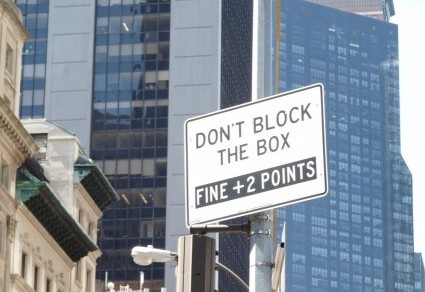Disney isn’t the only company infusing life into inanimate objects. (Did you know that inanimate used to be a verb meaning “to infuse life”? Now it’s an adjective meaning “without life.” Curious how language works.) As these signs illustrate, anyone can animate an object, though the results are somewhat unpredictable.
First up is a sign my friend Catherine spotted:

I wonder whether the dresses stride or billow out. Also, when the dresses . . . come out of the fitting room, are there people in them? If not, what happens to the people in the fitting room when their dresses . . . come out? Note to self: shop at this store only while wearing pants.
I usually remove a brand name to avoid embarrassing the business responsible for unintentional hilarity, but Heinz should know better. Take a look at this label:

Heinz Ketchup is grown, not made? Really? Is there a plant with little ketchup bottles on it? Do they start out as one ouncers and reach maturity at, say, a quart?
This last sign doesn’t animate the apartments it references, but I hope it animates those who are delivering the 2 – 4 BRs. They’ll need to step lively:

How much does an average bedroom weigh? How large a vehicle do you need to deliver 2 – 4 of them? Does from $3.4M include postage? Inquiring minds want to know.
You’ll have to excuse me now. I’m off to fill Gertrude (my kettle) and put her on Ronald (my stove). If I’m going to be animated enough to get something done today, I need a cup of Joe.















 As far as I’m concerned, BOGO all you want. I once thought that the concept of “buy one get one” was an unnecessary statement of the standard deal between buyer and seller. But now I see that most BOGO-users are too busy surfing social media to add an “F,” for “free.” Or maybe they think that BOGOF sounds like a mediocre brand of caviar. I commend this sign-writer for specifying the terms of the deal, spelling out “buy one get one” for “50% Off,” though strictly speaking the sign should read “BOGAOF50%O” (buy one get another one for 50% off). I concede that such a sign resembles the kind of password people concoct and promptly forget. I will, however, raise an objection to “tight.” I prefer to cover both legs with “tights,” not just one with a “FREE tight.” And $75 is a little steep, don’t you think?
As far as I’m concerned, BOGO all you want. I once thought that the concept of “buy one get one” was an unnecessary statement of the standard deal between buyer and seller. But now I see that most BOGO-users are too busy surfing social media to add an “F,” for “free.” Or maybe they think that BOGOF sounds like a mediocre brand of caviar. I commend this sign-writer for specifying the terms of the deal, spelling out “buy one get one” for “50% Off,” though strictly speaking the sign should read “BOGAOF50%O” (buy one get another one for 50% off). I concede that such a sign resembles the kind of password people concoct and promptly forget. I will, however, raise an objection to “tight.” I prefer to cover both legs with “tights,” not just one with a “FREE tight.” And $75 is a little steep, don’t you think?














